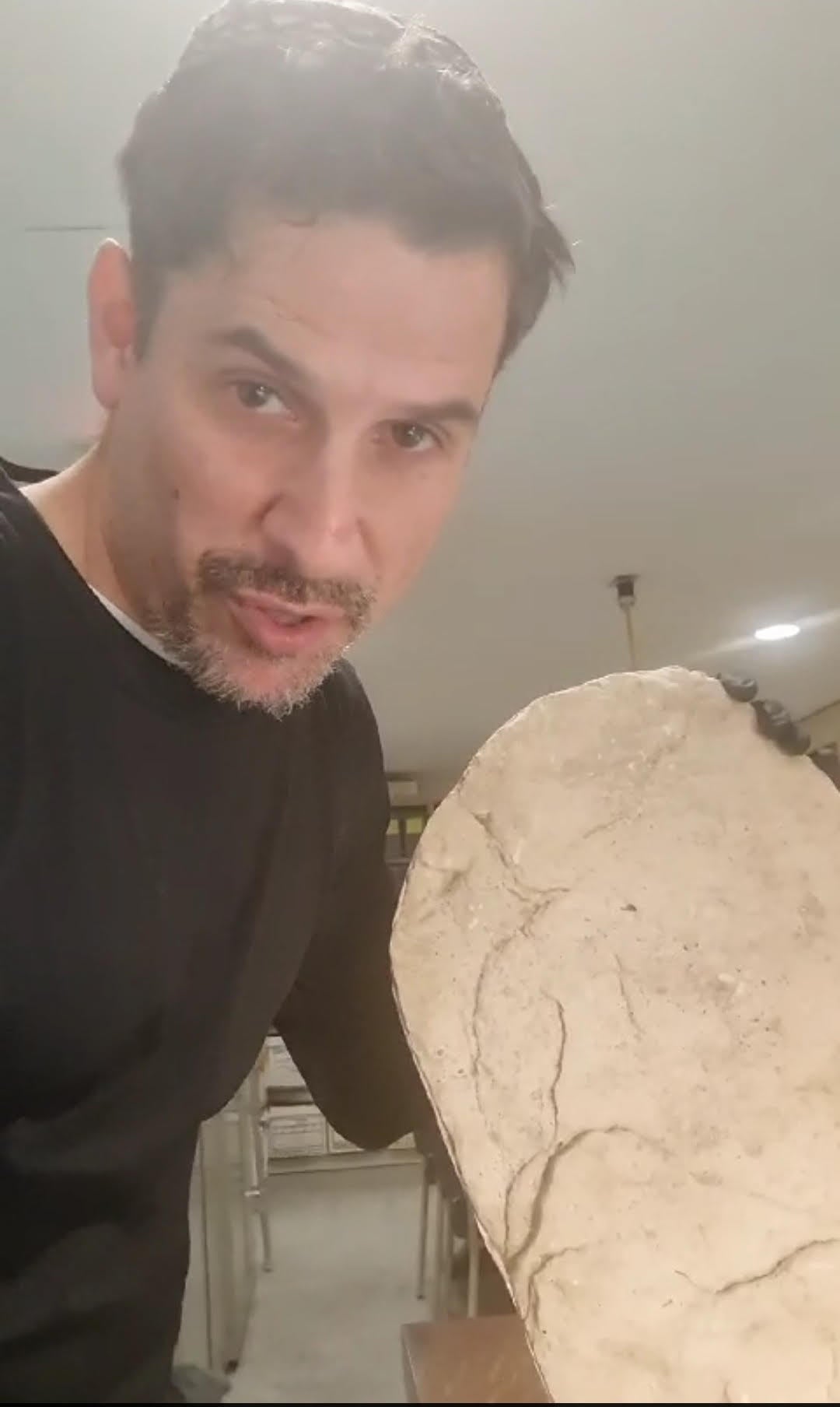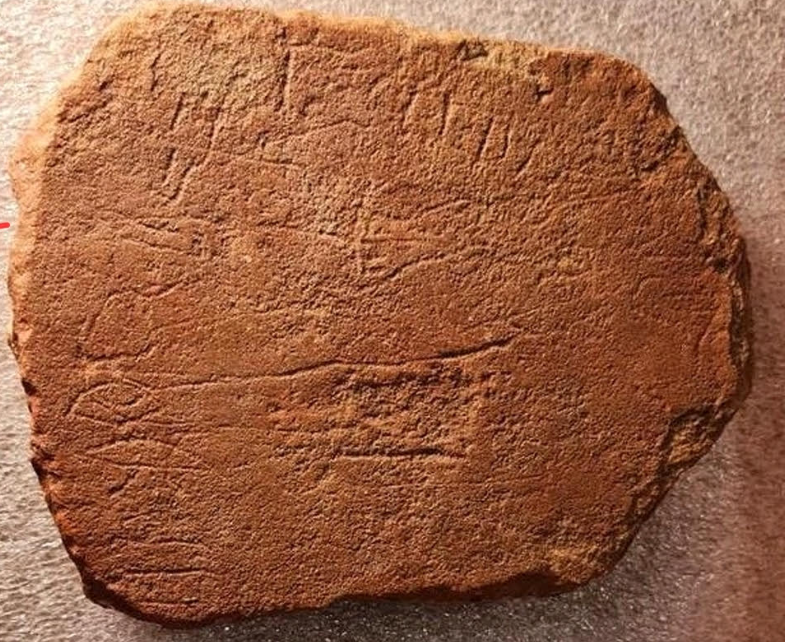A researcher has claimed that two inscriptions dating back 3,800 years found in the Egyptian desert may be the oldest written references to Moses.
The etchings were first discovered in the early 1900s and are now being re-examined by American-Israeli epigraphist Michael S. Bar-Ron, a graduate student at Ariel University.
They were found at Serabit el-Khadim, a turquoise mining site in the Sinai Desert once worked by Semitic labourers during the Middle Bronze Age.
The Proto-Sinaitic etchings date back to between 1800 and 1600BC, which are centuries before the earliest biblical texts were written between the 10th and 7th centuries BC.
Mr Bar-Ron argues the texts read “Zot M’Moshe” and “Ne’um Moshe”, which may translate as “This is from Moses” and “Declaration of Moses”.
If correct, they would represent the earliest known written reference to Moses outside of the Bible.

The inscriptions also refer to El, a deity linked to the Abrahamic God, according to Mr Bar-Ron.
Speaking to the broadcaster, Mr Bar-Ron said the inscriptions appear to resist worship of the ancient goddess Ba’alat by Semitic workers.
The Serabit el-Khadim site once housed a temple to Ba`alat, he added.
“Rather than lauding Ba`alat … [the] readings curse out the Ba`alat cult, with words of warning and rebuke to its followers,” Mr Bar-Ron told The Independent.
“They include the terms 'BŠ' – ‘for shame’ or ‘this is shameful' – and ‘nimosh,’ [which means] ‘let us leave’ [or] ‘remove ourselves.’”
Academic response to the interpretation has been mixed.
In response to academic critique, Mr Bar-Ron told The Independent: “My readings are not isolated guesses at letter shapes - they are part of a coherent framework I call “clades,” groups of inscriptions linked by vocabulary, phrasing, letter forms, and thematic content.
“The same patterns recur in multiple pieces, making the identification less arbitrary and more a matter of pattern recognition.”

Thomas Schneider, an Egyptologist at the University of British Columbia told Daily Mail that the new interpretation is “completely unproven and misleading.”
Translating the ancient inscriptions took nearly a decade, the epigraphist said.
“I spent eight years actively involved in the painstaking, oft-frustrating reconstruction of some 23 wordy Proto-Sinaitic inscriptions.
“That is, based on the principles of the foremost greats in the field, and informed by the work of my distinguished colleagues in the field.”
Mr Bar-Ron also suggested to The Independent that the “Moses” inscriptions may have a single author, pointing to stylistic similarities in wording.
His wider thesis examines “a Mosaic-type leadership” in the region at the time.
He described these latest findings as “nonessential icing on the cake”.
.jpg)
“The finding ‘Zot M'Moshe’ and ‘Ne'um Moshe’ were really last-minute discoveries and nonessential to that subpoint (possible Mosaic authorship), within a much more serious thesis,” he said.
Mr Bar-Ron stressed that his work will be subject to peer review, noting that his research has already been revised more than 100 times.
“If we were drawing such conclusions on the basis of one or two inscriptions, it would be weak,” he said. “Rather, they are based on what is understood across the full set found at Serabit el-Khadim.”
“I cannot emphasise enough how important it is for educated readers to actually read the proto-thesis itself.”
Attempts to find archaeological evidence for Moses have largely been unsuccessful.







